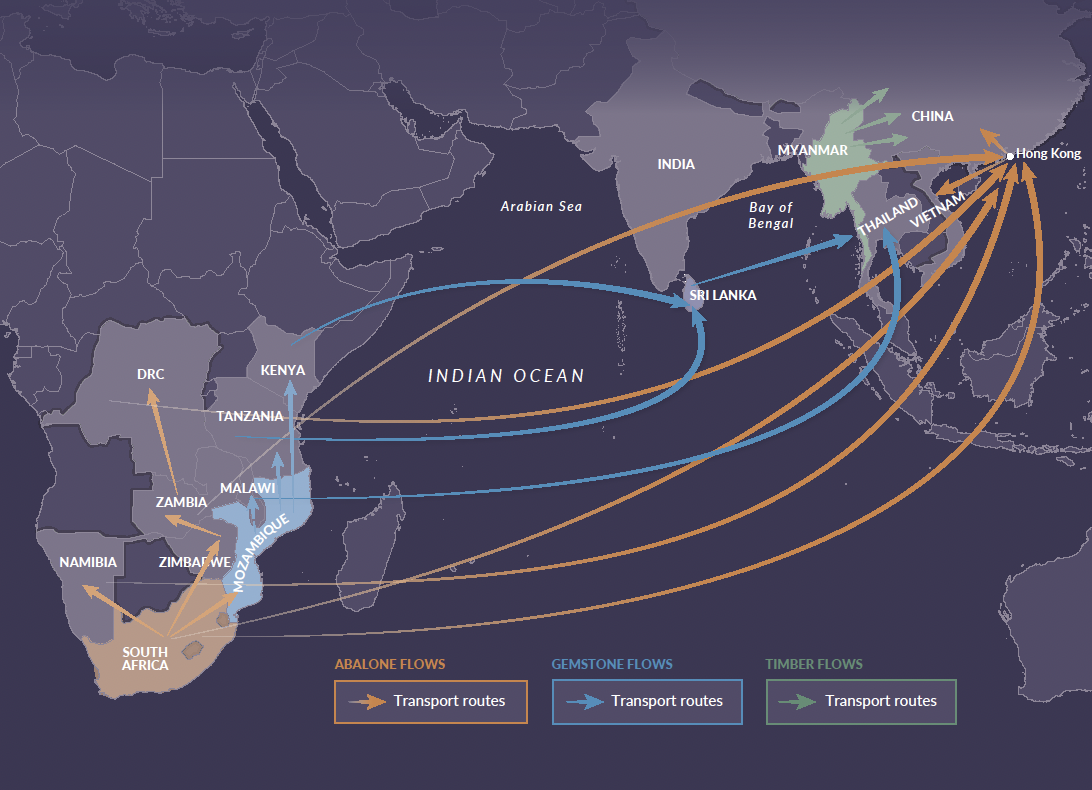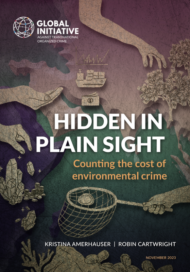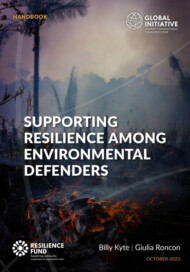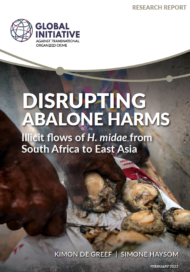Posted on 01 Nov 2023
Environmental crimes – so-called illicit threats to nature – have a devastating impact on the natural environment and livelihoods. Wide-ranging, they include numerous cross-cutting issues such as the illegal wildlife trade; logging and trafficking in rare timber species; the illegal trade in extractive mineral resources; illegal, unreported and unregulated fishing; and the illicit management of and trade in waste products and prohibited or regulated chemicals.
Environmental crimes occur globally, often driven by transnational organized criminal networks with many composite parts carrying out operations. Networks can be highly organized and violent, and often rely on corruption and bribery to function. Additionally, the internet and smart devices have transformed how environmental commodities are retailed. This has enabled traders to market to a much wider audience, over long distances and at little cost.
Previous studies estimate the annual value of environmental crime at between US$110 billion and US$281 billion, making it one of the most lucrative criminal economies in the world, but few of the proceeds of this market benefit the development of communities in near the source markets but are instead transferred abroad and laundered into the global financial system.

Significant efforts are being made to better understand illicit environmental economies and the criminal supply chains perpetuating them, however, less is known about the ‘money side’ of it, namely the movement of associated illicit proceeds.
Hidden in plain sight looks at illicit financial flows (IFFs) related to three specific illicit environmental flows: timber trafficking from Myanmar to China; gemstone trafficking from Mozambique to Thailand; and abalone trafficking from South Africa to Hong Kong Special Administrative Region (SAR). It seeks to quantify the overall scale of IFF flows by analyzing informal flows, trade flows and financial systems – the three main channels by which IFFs are enabled, held and moved.




